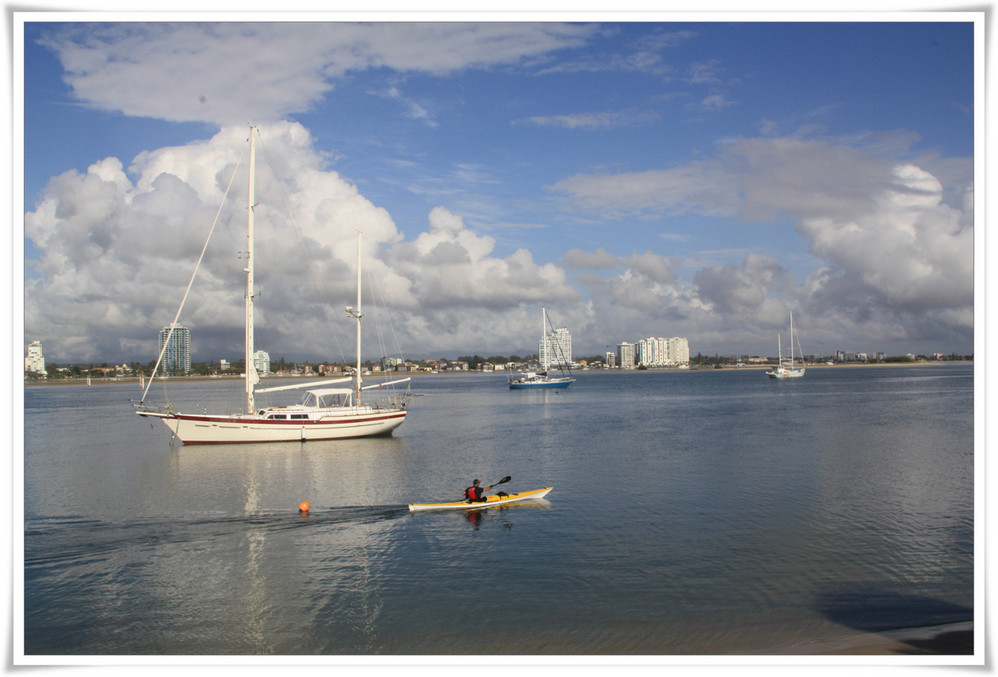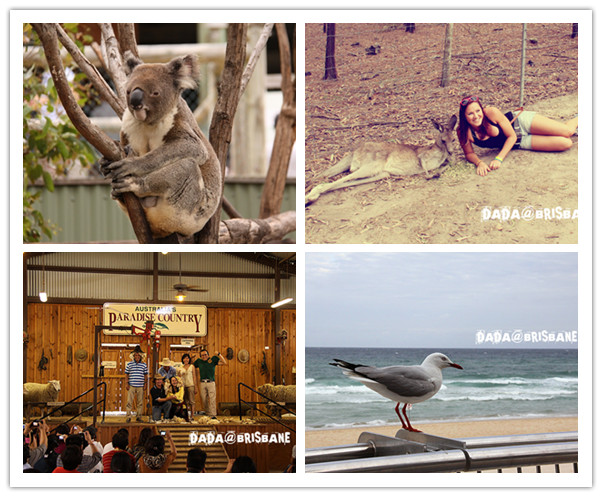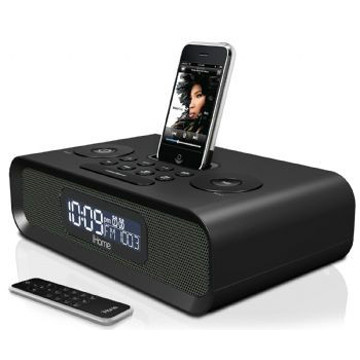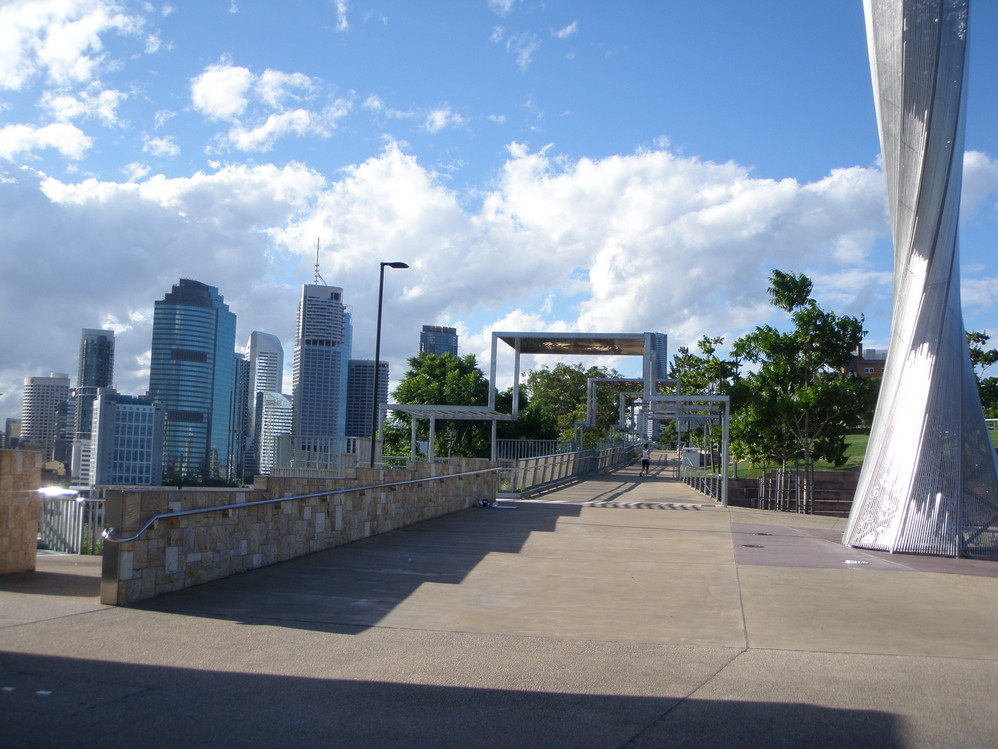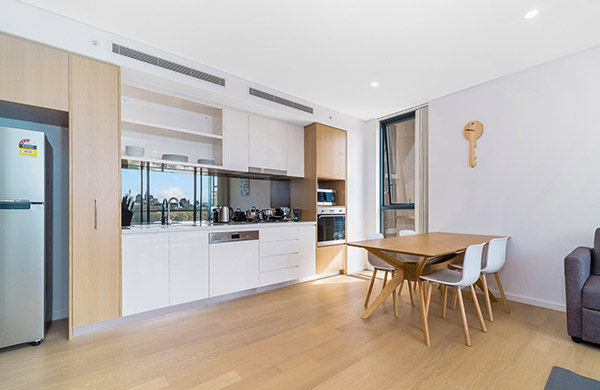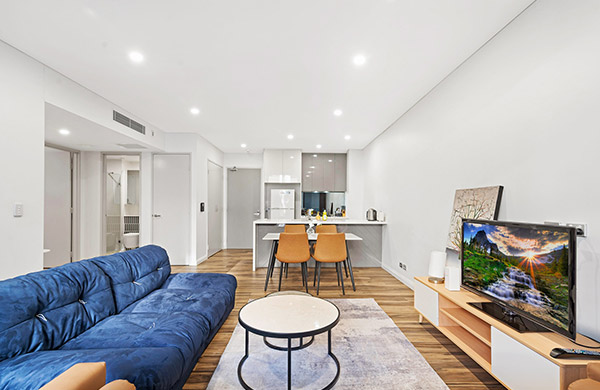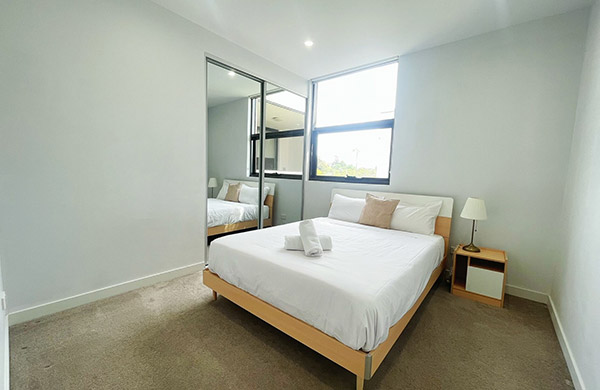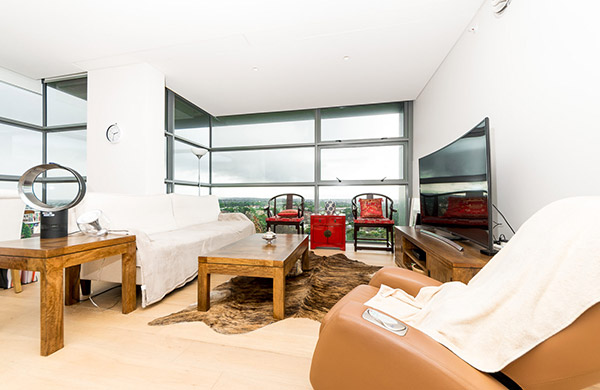Travel Guides and Stories
Unforgettable Journey to Australia: Gold Coast, Cairns, Sydney, Melbourne
At 00:10 AM on October 3, 2022, we boarded a Singapore Airlines flight from Changi Airport, heading to our first destination in Australia — Brisbane. This was a trip I had planned for three months. It was my first time taking such a long vacation, my first time in the Southern Hemisphere, and my first time driving a right-hand-drive vehicle.
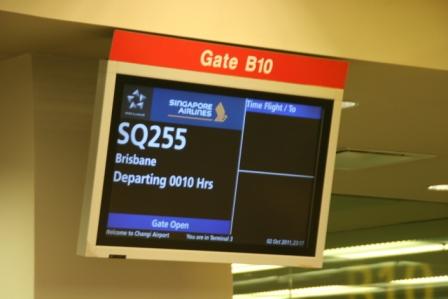
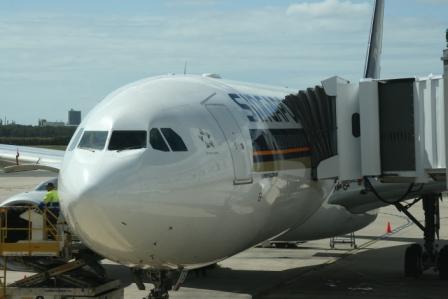
That eight-hour overnight flight was definitely a challenge. The seats on Singapore Airlines weren’t as spacious as I imagined, though the entertainment system was pretty advanced — movies, TV shows, games, music, you name it. If it was China Eastern, I’d guess the only thing you could do in economy class on a long flight would be sleep. After nearly nine hours, we finally arrived in Brisbane, the capital city of Queensland, Australia.
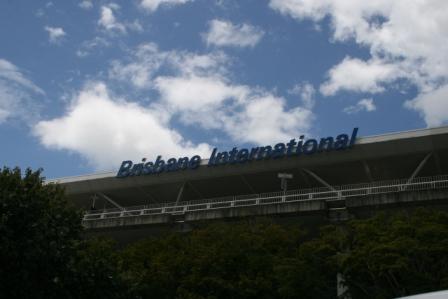
The first thing that surprised me after landing was how strict the customs check was. Almost every traveler’s suitcase was opened and inspected. Australia is very cautious about prohibited items coming into the country — even a wooden carving made them worry about foreign bugs hiding inside. Our tightly packed suitcases had to be opened, and the customs officers precisely found our tea leaves and some regular medicines. They asked if it was black tea or green tea, checked the quantity, and since it wasn't much, let us through. Out of customs, we immediately bought an Australian SIM card — Vodafone was the only operator with a counter at the airport, so we got a prepaid SIM for 50 AUD. Australia is so vast, but there are no roaming charges between cities — how nice! In China, there are still domestic roaming charges between provinces — makes you realize how greedy China Mobile and China Unicom are. By the way, Vodafone’s signal is pretty bad in remote areas. On the Ocean Road, we had no signal in many places. After getting the SIM, it was time to pick up the rental car. I’d already booked an SUV from Hertz online — in China it’s called the Toyota Highlander, but in Australia it’s called the Kluger. The price was a little over 180 AUD for three days (a corporate rate, so pretty cheap). A helpful tip: bring a notarized English translation of your driver’s license from home, or the rental company might refuse to give you a car. Car rental in Australia is very convenient — almost all the major companies have counters at the airport, and there’s a dedicated parking area for rentals. Returning the car is easy: fill up the tank, snap a photo of the dashboard with your phone, hand over the keys at the counter, and you’re done. When I returned the car at Melbourne Airport, I was even more impressed — a staff member with a handheld device came to the car, entered a few details, printed a receipt, said “Finished”, and I was free to go. We didn’t stay in Brisbane, but drove directly to the Gold Coast. Thanks to GPS, the two-hour drive was easy. Driving a right-hand-drive car for the first time was a bit nerve-wracking — remember that traffic runs opposite to what I’m used to, and don’t accidentally drive into oncoming lanes! Be cautious with left turns and always yield to cars on the right. After half a day, I was pretty much used to it. The Gold Coast is truly a surfer’s paradise, with a 12-kilometer-long coastline. The waves and tides have made it a famous surf spot for decades. The sky is so blue, the water so clear, and the sand so fine — it’s hard to believe how perfectly these three elements come together. It almost feels unreal when you see it.
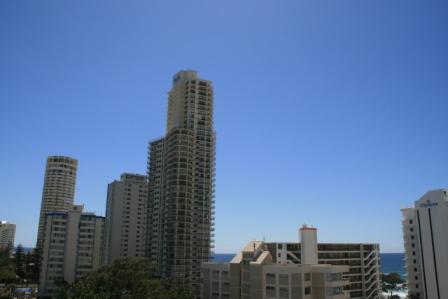
I can’t say I was impressed by the Gold Coast’s tourist attractions — many are like theme parks back home, with lots of thrill rides like roller coasters, and tickets are expensive. I’d recommend trying a hot air balloon ride, visiting Warner Bros. Movie World, or just people-watching on the beach as surfers wipe out in the waves. Time flies by here. If you have a day to spare, drive to Tamborine National Park for some wild nature — you might even spot wild kangaroos or koalas.
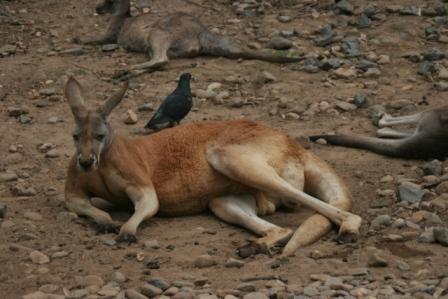
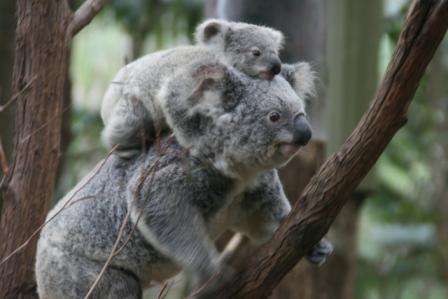
Shops in Australia close early — most are shut by 5 or 6 PM, and only stay open until about 9 PM one day a week. Staying in Surfers Paradise is the most convenient — there are plenty of UGG stores and they tend to stay open later. (To be continued) After our relaxing time at the Gold Coast, we flew with JetStar to the place I was most looking forward to — Cairns (the gateway to the Great Barrier Reef). Next: A look at the Great Barrier Reef.
ip%2Fquality%2F90" data-p=""/>
Location: Off the northeast coast of Queensland, Australia How long to visit: At least two days; most tourists stay 3-4 days Best time to visit: The Great Barrier Reef is a great vacation spot year-round, with sunny weather, long days, and a warm climate. The Great Barrier Reef — in my opinion, Australia’s greatest natural wonder. Its English name is Great Barrier Reef. There’s a reason for the “Great” — like the Great Wall of China. If you haven’t been to the Great Wall, you haven’t really been to China; if you haven’t been to the Great Barrier Reef, you haven’t really been to Australia. As a scuba diving enthusiast, the Great Barrier Reef was a must-visit for me. I booked a 3-day, 2-night, 11-dive liveaboard trip with Prodive (***) online. The price was 640 AUD per person, with an extra environmental protection fee for the reef. My wife and I shared a double room (well, a 1.3-meter bed in a room less than 4 square meters), but at least there was a window, so it didn’t feel claustrophobic. Choosing the right dive trip is tough. The Great Barrier Reef is 2,500 kilometers long, with dive sites everywhere — but many are off-limits, and the regular routes aren’t always the best. From Cape York in the north to Rockhampton in the south, the reef is dotted with potential dive sites. The most tourist-friendly gateway is Cairns, packed with travel agencies and dive shops. The area is well-developed, and even non-divers have plenty of options: hot air ballooning, seaplanes, helicopter rides, propeller planes, skydiving, jungle adventure tours, snorkeling, and more. Hardcore divers might choose Whitsundays, Townsville, Mackay, or even smaller cities to start their journey. For a first visit, I’d recommend starting from Cairns or the Whitsundays. Cairns liveaboard trips range from 2 days/1 night to 7 days/6 nights — choose based on your fitness and interests. If your English is good, you can even get your PADI certificate here. Without a license, stick to introductory or snorkeling trips — never risk your life. Diving is a technical activity, closely tied to your health, so know your limits. In terms of weather: May to October is cooler in Australia. In Cairns, the air temperature is 20–32°C, and water temperature 23–26°C, so it can feel chilly. Daytime dives are a bit cold; night dives can be downright shivery. The best diving season is November and December. It’s said that in late November and early December, you can witness the coral spawning season — billions of coral polyps splitting and swirling in a spectacular “storm” you can see with the naked eye. A rare and unforgettable sight.
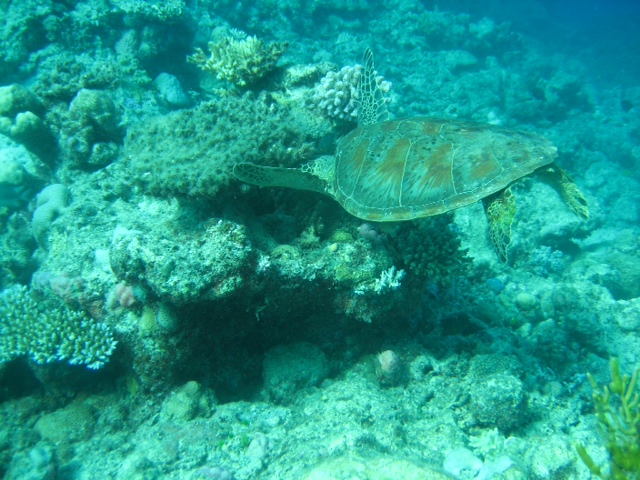

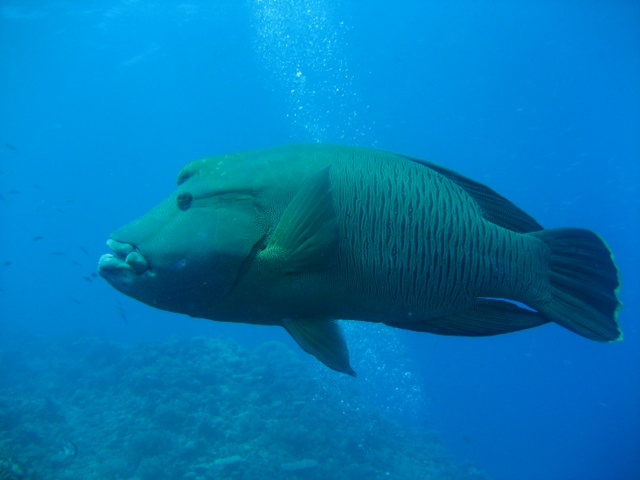 Great Barrier Reef
Great Barrier Reef
The visibility in the water around the Great Barrier Reef is amazing — 25 meters is normal when the sea is calm. There’s a huge variety of coral and fish species, and it’s common to see sea turtles. We even saw a small shark over a meter long (a reef shark — the harmless kind) and a barracuda over two meters. There are so many strange and wonderful fish, most of which I can’t even name. (To be continued… Life on the boat, Great Barrier Reef part 2)
LIMITED TIME OFFERS
Related Apartments
Premium accommodations at exceptional prices.
Elevate your travel experience with our carefully curated holiday deals.
 Lachlan Street, Waterloo NSW, Australia
Lachlan Street, Waterloo NSW, Australia $180 - $300
-
2 Bedrooms
-
2 Baths
-
2 Guests
 Pemberton Street, Botany NSW, Australia
Pemberton Street, Botany NSW, Australia $168 - $300
-
2 Bedrooms
-
2 Baths
-
2 Guests
 First Avenue, Eastwood NSW, Australia
First Avenue, Eastwood NSW, Australia $180 - $300
-
2 Bedrooms
-
2 Baths
-
2 Guests
 Canal Road, St Peters NSW, Australia
Canal Road, St Peters NSW, Australia $140 - $190
-
1 Bedrooms
-
1 Baths
-
1 Guests


